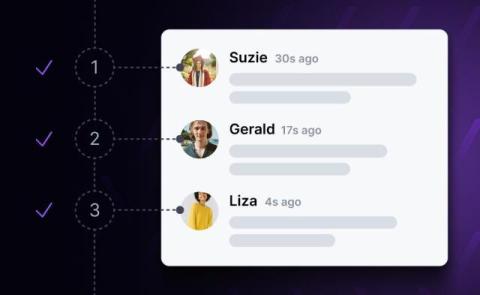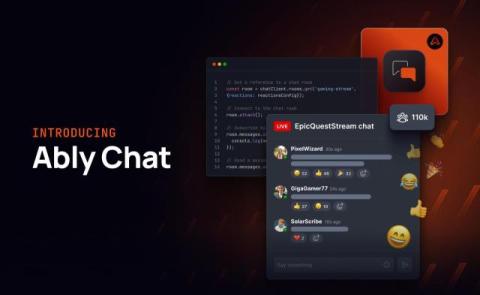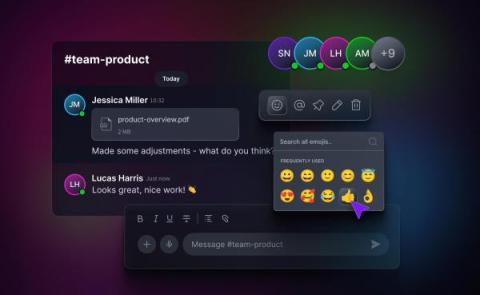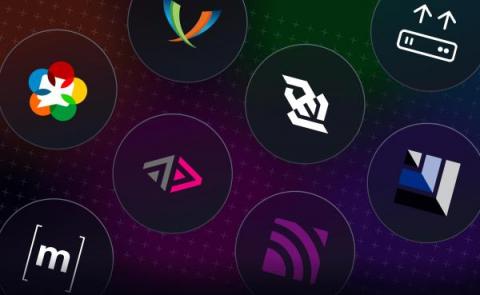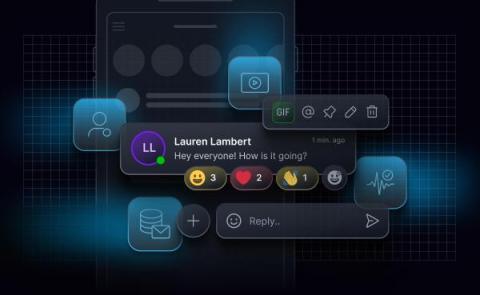Systems | Development | Analytics | API | Testing
Chat
Say hello to Ably Chat: A new product optimized for large-scale chat interactions
The 12 Best Live Chat Widgets to Replace the Sunsetted Facebook Chat Plugin on Your Website
Building a realtime chat app with Next.js and Vercel
This post will walk through the creation of a realtime chat application with Next.js and deploying it to Vercel.
How to build a chat app like WhatsApp
When was the last time you WhatsApped someone? In all likelihood, the answer is probably not that long ago. First released in 2009, WhatsApp quickly became the default setting for instant messaging in much of the world. By 2014, it defined the market so much that it was acquired by Facebook – and it has pretty much remained a leader in the chat space ever since.
Chat and messaging application features: The complete guide for 2023
In the past decade, chat apps have gone from being a disruptive new technology to something we use every day. Today, WhatsApp boasts over 2 billion daily active users, by far the market leader, followed by WeChat with 1.3 billion and Facebook Messenger at just under 1 billion. Chat apps, put simply, are going nowhere. In that time, customers have come to expect a consistent experience across their chat apps – and a core set of functionality has evolved across all major providers.
Live chat features in action
In our previous post, we provided the ultimate live chat features list - covering 15 features you should provide in your live chat or instant messaging app. Here, we cover how these features come to life across customer service, gaming, internal company chat, social and community chat, and chat for two way marketplaces.
Popular instant messaging and chat protocols
Chat and instant messaging are a key part of how many applications are driving product adoption, user engagement, and retention. As a product owner or developer, you’re almost spoiled for choice when it comes to deciding how to implement chat in your product. In this article, we’re going to go deep and look at the protocols that power chat.
Scaling realtime messaging for live chat experiences: Challenges and best practices
Live chat is the most common type of realtime web experience. Embedded in our everyday lives, we use messaging platforms like WhatsApp and Slack daily to keep in touch with friends and family, and to communicate and collaborate at work. With live chat functionality also prominent across e-commerce, live streaming, and e-learning experiences, end users have come to expect (near) instant message receipt and delivery.
Scalable chat app architecture: How to get it right the first time
Live chat is everywhere. From connecting distributed workers across continents, through providing an efficient customer service channel, to bringing together online communities, chat is central to how we communicate. This demand puts an unusual level of pressure on chat app operators to make sure that every message reaches its destination, every time.


